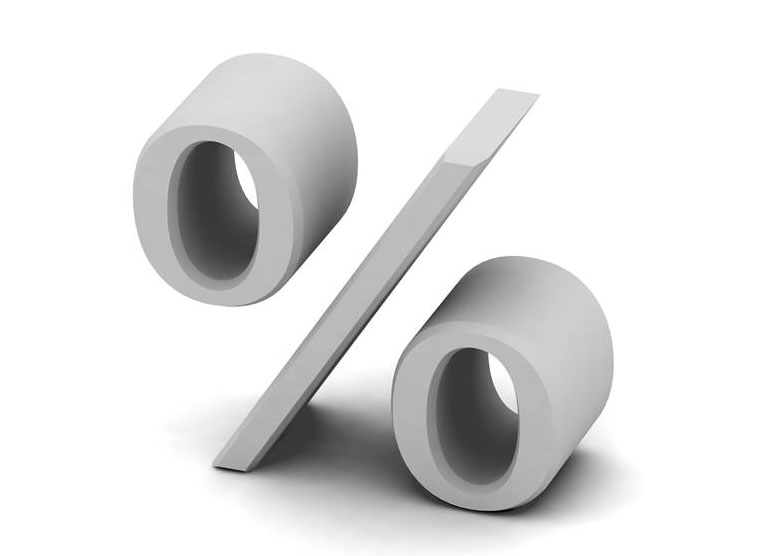The down side of all of this is that Microsoft tried to cover too many markets at once with the Windows 8 buildup. Thinking to avoid some of the problems they had with Vista Microsoft extended their usual blogging and included white papers and articles on core Windows 8 systems. We are sure that this was to better educate people on what was going on with the systems that run in the background while also covering the massive changes on the front end. Sadly this method did not work as many of the comments left after the articles expressed confusion about or dislike for the changes that were soon to come with Windows 8 and RT.
Still Microsoft continued forward with their plans referencing data that they claimed proved that people wanted these changes. Now the numbers are out and in the two quarters since the launch of Windows 8 Microsoft has only managed to scrape up a 3.82% market share. Now to give you something for comparison Windows 7 had a 2% market share in the month following its release. Windows 8 did not hit 2% until the end of Q4 2012 Comparing Windows 8 to Windows 7 after 2 quarters and we find that Windows 8 has roughly 1/3 of the market share that Windows 7 was able to gather. This slow acceptance should be very concerning to Microsoft especially considering that Windows XP, Vista and 7 showed only a fractional change in their numbers moving forward (Windows 7 only decreased by .01%).
Microsoft is working on an update/service pack for Windows 8 that might help to bring more people onboard, but unless there are some major changes in the OS it is unlikely that we will see things take off in the same way that Windows 7 did even if you make the argument that Windows Vista was a motivator. However, it is very possible that we will not see a major shift in OS market share again until Window 9 and that the running joke about Microsoft only making a good OS every other try will have more evidence to support it.
Tell us what you think in our Forums




